A Dedication to Service: Engine 33 and Ladder 15
Since 1888, Engine Company 33 and Ladder Company 15 have remained stalwart guardians of the city. Engine 33, one of Boston’s busiest fire companies, responds to an astounding 4,100 incidents annually. Ladder 15, equally committed, answers the call for approximately 3,800 incidents each year.
A Symbol of Boston’s Endurance
As Ladder 15 Fire Company continues to serve Boston’s Back Bay, South End, Fenway, and Roxbury neighborhoods, it stands as a poignant symbol of the city’s resilience, history, and dedication to safety. In its unwavering commitment to service, Ladder 15 carries forward a legacy of valor and community that defines Boston’s spirit.
Uncovering the Legacy: The Rich History of Firehouse at 941 Boylston Street
Nestled in the heart of Boston’s Back Bay, the firehouse at 941 Boylston Street stands as a testament to the city’s storied past. This historic landmark, dating back to February 20, 1888, witnessed the birth of Engine Company 33 and Ladder Company 15, both of which found their home in this architectural gem.
Designed by the esteemed city architect Arthur H. Vinal, this building is a splendid example of the Richardsonian Romanesque style, championed by the renowned architect Henry Hobson Richardson. Its distinctive architectural features have made it an iconic presence in the city’s landscape.
Notably, the firehouse also shared its space with Boston Police Station 16 until 1976, adding to its historical significance. From 1976 to 2007, a new chapter unfolded as the old police station transformed into the Institute of Contemporary Art, showcasing Boston’s dedication to the arts.
In 2007, the firehouse found itself under the care of the Boston Architectural College, continuing its legacy of housing institutions that contribute to the city’s cultural and educational tapestry.
A curious tale surrounds the firehouse’s early days. Upon its completion, it couldn’t be immediately occupied due to the disparity in street grading. The apparatus doors stood above the street level until grading adjustments aligned with the adjacent railroad tracks, allowing the firehouse to finally open its doors to serve the city.
Today, the firehouse at 941 Boylston Street remains a cherished destination for visitors and locals alike. Its unique architecture, strategic location near numerous hotels, and the sight of fire apparatus poised just a step from the sidewalk draw admirers from far and wide.
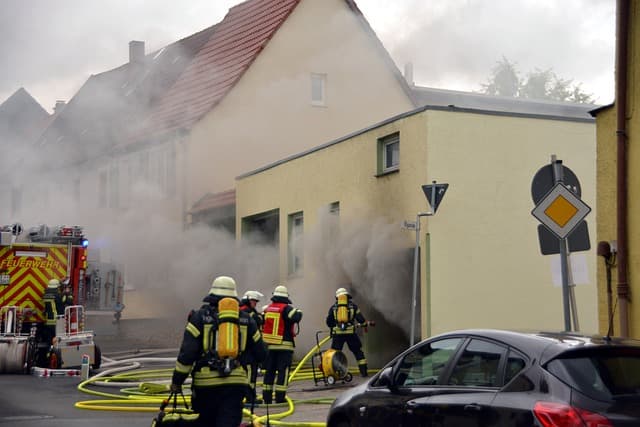
The firehouse also bears the solemn honor of displaying four plaques on its exterior, commemorating the sacrifice of four brave firefighters who tragically lost their lives in the line of duty.
Engine Company 33 and Ladder Company 15, stationed here since 1888 with brief interruptions for interior renovations, have a significant response area encompassing the Back Bay, South End, Fenway, and Roxbury neighborhoods.
Engine 33, one of the city’s busiest fire companies, responds to an astonishing 4,100 incidents annually. Meanwhile, Ladder 15, equally dedicated, answers the call for approximately 3,800 incidents each year.
As this firehouse continues to stand tall amidst the ever-evolving urban landscape, it serves as a poignant reminder of Boston’s enduring commitment to safety, history, and community.
Ladder 15 Fire Company: A Legacy of Valor and Service
Honoring a Tradition of Courage and Community
The Birth of Ladder 15: A Historic Inauguration
In the heart of Boston’s Back Bay, a distinguished fire company known as Ladder 15 has carved out a legacy that spans well over a century. Its roots trace back to February 20, 1888, when the firehouse at 941 Boylston Street opened its doors to Engine Company 33 and Ladder Company 15.
Architectural Splendor: A Home with Distinction
This firehouse, designed by city architect Arthur H. Vinal, is a splendid exemplar of the Richardsonian Romanesque style, made famous by the renowned architect Henry Hobson Richardson. Its architectural grandeur is a testament to the craftsmanship of its time and continues to capture the imagination of all who pass by.
A Multifaceted History: From Police Station to Institute of Contemporary Art
The firehouse’s history is a tapestry woven with diverse threads. Until 1976, it shared its space with Boston Police Station 16. This dual-purpose building reflected the synergy of public service. From 1976 to 2007, the old police station took on a new artistic role as the Institute of Contemporary Art, showcasing Boston’s commitment to the arts.
The Grading Challenge: A Quirky Tale
During its early days, the firehouse faced an unusual challenge. Upon completion, it stood above the street grade, rendering it inaccessible. It wasn’t until grading adjustments matched the adjacent railroad tracks that the firehouse could finally be occupied. This peculiar chapter adds character to its storied past.
A Contemporary Beacon: A Draw for Visitors
Today, the firehouse at 941 Boylston Street is not just a historic relic but a vibrant destination for locals and visitors. Its distinctive architecture, strategic location near hotels, and the sight of fire apparatus poised just steps from the sidewalk make it a captivating sight.
Honoring Heroes: Remembering the Fallen
The firehouse exterior bears four solemn plaques commemorating the sacrifice of firefighters who lost their lives in the line of duty. These plaques stand as enduring tributes to their bravery and dedication.
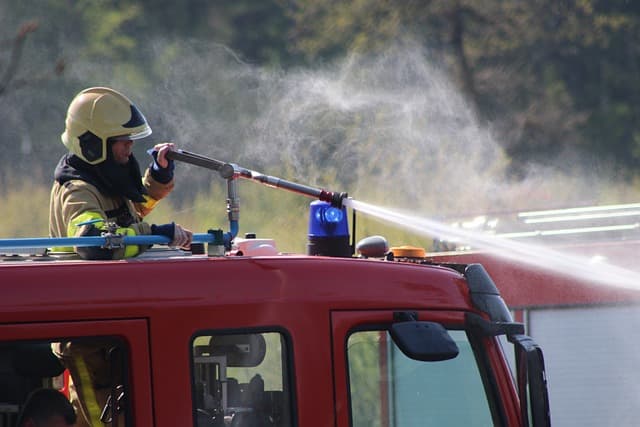

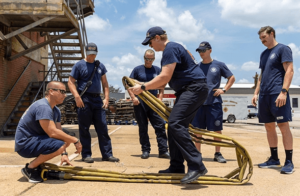


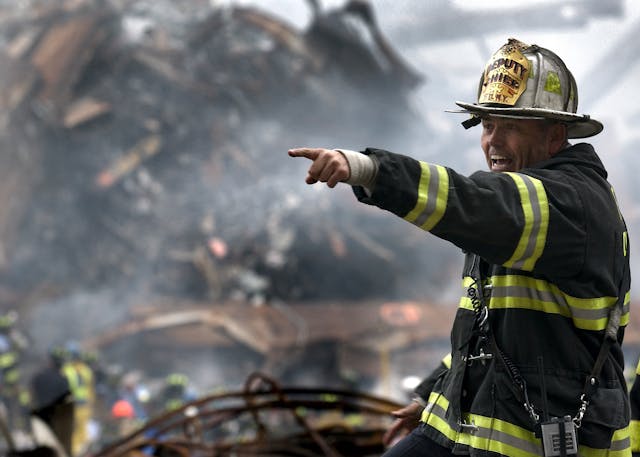


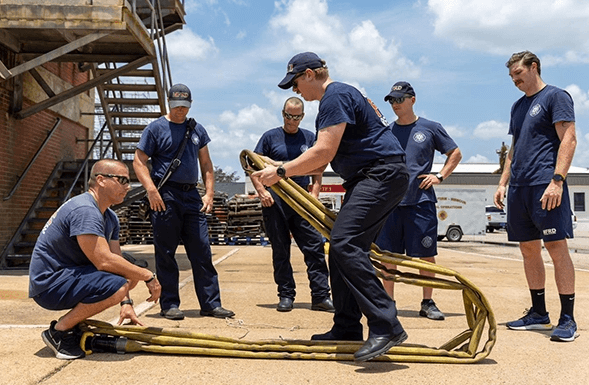

+ There are no comments
Add yours